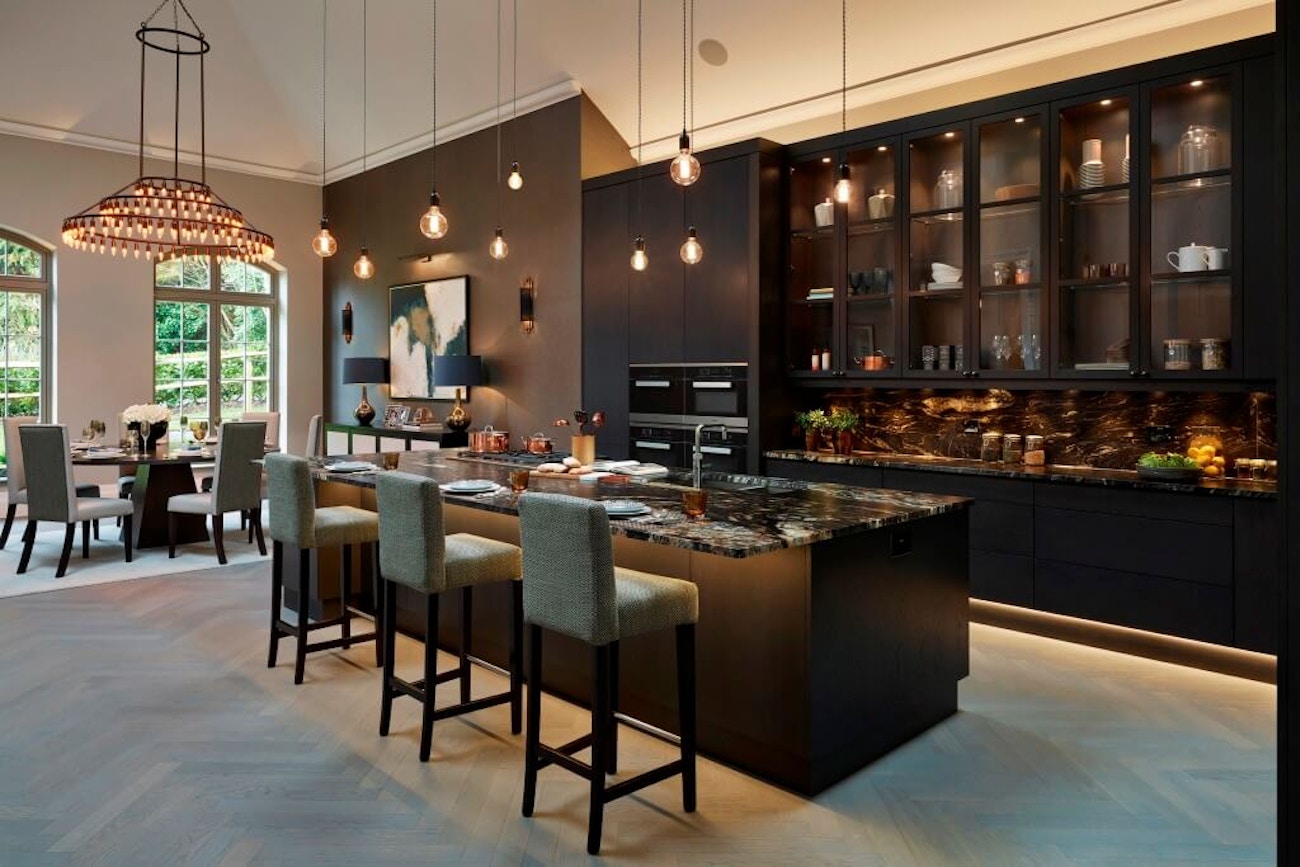Many designers see lighting as the ‘secret weapon’ to a stunning and practical space. It helps to create depth, height, and style, while drawing attention to the areas that are most impressive.
In some cases, though, an architect or interior designer may simply pencil in a grid of downlights, which won’t do justice to what’s been designed. Calling in lighting designers to work alongside existing professionals will maximise the impact and functionality of your space.
Here, we explore why lighting is the most valuable interior design feature, and why you should call upon a lighting design expert to ensure an optimal lighting scheme for your home.
1. Lighting determines the ambiance & mood within a room
You’ll often find that someone’s mood has a direct correlation to the lighting they’re exposed to. Think about it, we’re generally happier and more upbeat during the bright, sunny days in summer, and feel a little more downbeat during the dark, early nights in winter. Well, the same affect applies to lighting within your space.
In fact, a study conducted by the University of Toronto demonstrated the significance of light strength, showing that bright lights “intensify our initial emotional reaction to a stimulus”.
Some scientists also claim that lighting affects the regulation of emotions through the nervous and endocrine systems, causing us to feel happy or sad depending on the colour temperature and intensity of light surrounding us.
We often refer to the circadian rhythms too, which are the physical, mental, and behavioural changes that follow a 24-hour cycle responding to light and darkness. Your circadian rhythm can affect a range of things, including alertness and melatonin secretion, as well as your sleep behaviours and emotional responses, which can be disrupted with changes in light.
2. Lighting makes a room fit for purpose
Every single room in your home has a purpose. Your living room was likely designed to relax in, while your kitchen is planned for more practical tasks like cooking and eating. Whatever the purpose in each room, it’s good lighting that makes it all possible.
When designing the interior of a space, it’s important to discuss how each room will be used to ensure lighting is planned accordingly. Lighting must be thought through during the initial design stage as it needs to adapt in various scenarios to get the very most from your home.
For example, the lighting requirements of a bedroom or study exposed to minimal natural light will be completely different to a big, open room that’s flooded with sunlight.
It’s careful lighting design that allows you to break up spaces into zones and ensure they’re fit for purpose.



